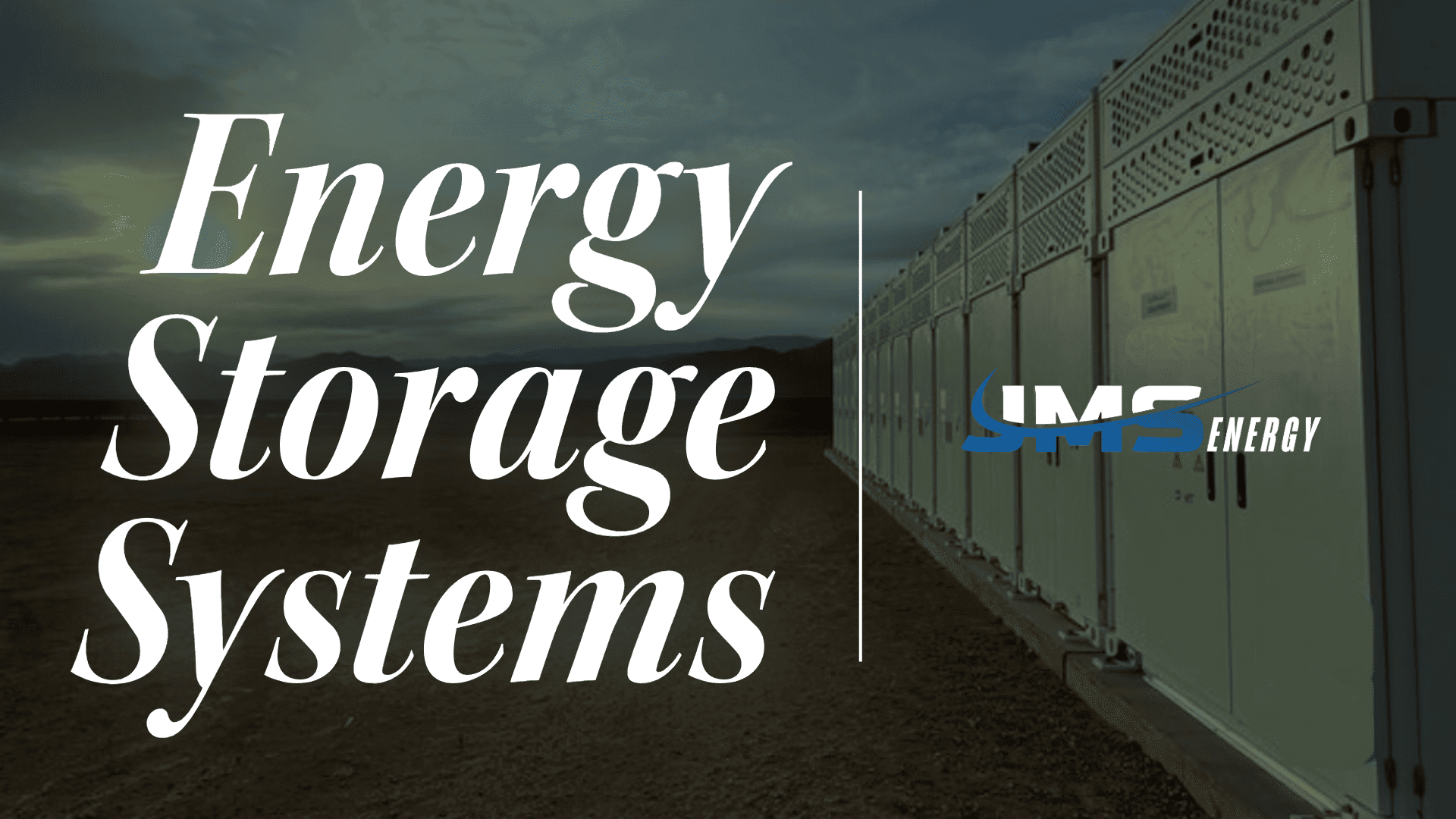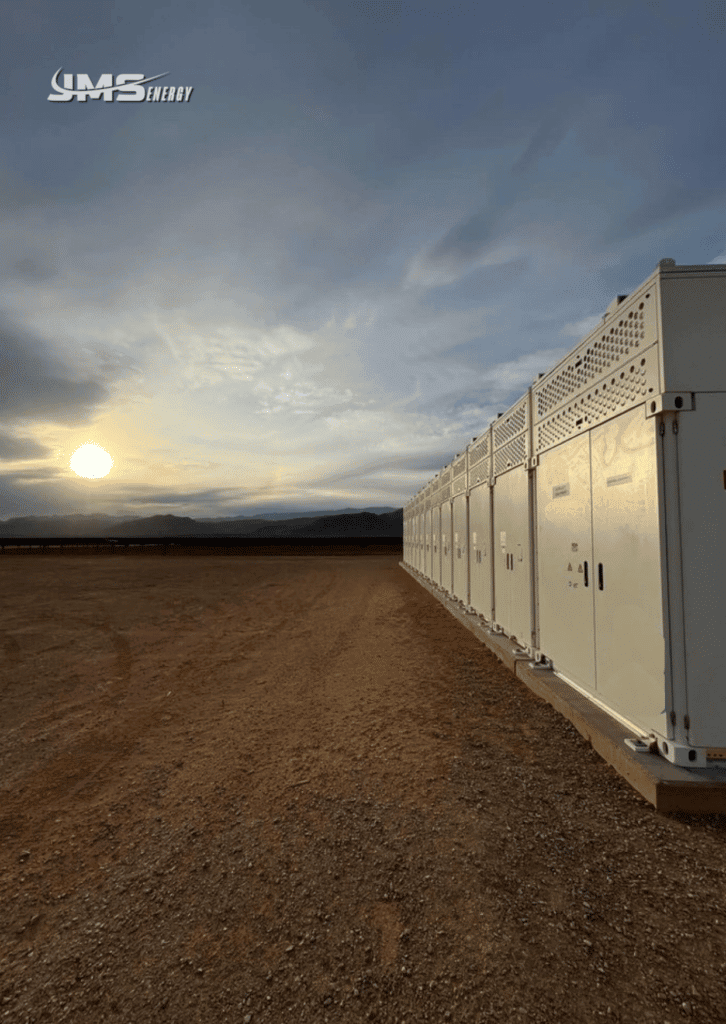
Table of Contents
Energy storage solutions (ESS) have emerged as critical components in addressing these challenges, enabling the efficient capture, storage, and distribution of energy to meet varying demand patterns. As the global energy landscape shifts towards sustainability, the integration of renewable energy sources like solar and wind has become paramount. However, the intermittent nature of these sources presents challenges in ensuring a consistent and reliable power supply.

The Imperative for Energy Storage Solutions
Renewable energy generation is inherently variable—solar power depends on sunlight, and wind energy relies on wind availability. This variability can lead to periods where energy supply exceeds demand or falls short. Energy storage systems bridge this gap by storing excess energy during periods of high generation and releasing it during times of low production or high demand, thereby stabilizing the grid and ensuring a reliable energy supply.
Types of Energy Storage Solutions
Several technologies have been developed to store energy effectively:
1. Pumped Hydroelectric Storage
Pumped hydro storage is one of the oldest and most established energy storage methods. It involves pumping water from a lower reservoir to an upper reservoir during periods of low energy demand. When demand increases, the stored water is released back down through turbines to generate electricity. Globally, pumped hydro accounts for over 90% of total electricity storage capacity, with a global capability of around 8,500 GWh in 2020.
2. Battery Energy Storage Systems (BESS)
Battery storage solutions have gained significant traction due to their scalability and rapid response times. Lithium-ion batteries are the most prevalent, offering high energy density and efficiency. In the United States, the installed capacity of grid-scale battery storage reached 9 GW/25 GWh in 2022, doubling from the previous year.
3. Thermal Energy Storage
Thermal storage systems store energy in the form of heat or cold, which can later be converted back into electricity or used directly for heating and cooling applications. Technologies like molten salt storage are commonly used in conjunction with concentrated solar power plants to store heat for electricity generation during non-sunny periods.
4. Flywheel Energy Storage
Flywheels store energy mechanically by accelerating a rotor to high speeds and maintaining the energy as rotational energy. They are particularly effective for short-duration storage and rapid discharge applications, such as frequency regulation in power grids.
Advancements in Battery Energy Storage Solutions
The battery energy storage sector has witnessed remarkable advancements:
- Cost Reduction: The International Energy Agency (IEA) projects that the total capital costs of battery storage could decrease by up to 40% by 2030, enhancing the economic viability of renewable energy projects.
- Technological Diversification: Beyond lithium-ion, alternative battery technologies like sodium-ion and flow batteries are emerging, offering potential benefits in cost, safety, and resource availability.
- Grid Integration: Large-scale battery installations are increasingly being integrated into national grids to provide services such as frequency regulation, peak shaving, and backup power, thereby enhancing grid stability and resilience.
Global Deployment and Market Trends
The deployment of energy storage systems is accelerating worldwide:
- United States: The U.S. has seen substantial growth in battery storage capacity, with installations reaching 9 GW/25 GWh in 2022, a significant increase from previous years.
- China: China is leading in renewable energy storage, with significant investments in large-scale battery energy storage systems (BESS). The country added 1,557 MW to its battery storage capacity in 2020, bringing the total to 3,269 MW.
- Europe: The European energy storage market is expanding, with the UK adding 800 MWh of utility-scale energy storage capacity in 2022, bringing the total to 2.4 GW/2.6 GWh.
Economic and Environmental Benefits
Implementing energy storage solutions offers several advantages:
- Grid Stability: ESS provide ancillary services such as frequency regulation and voltage support, maintaining grid stability amid fluctuating renewable energy inputs.
- Cost Savings: By reducing the need for peaking power plants and minimizing energy curtailment, storage systems can lead to significant cost savings for utilities and consumers.
- Environmental Impact: Energy storage facilitates higher penetration of renewable energy sources, reducing reliance on fossil fuels and decreasing greenhouse gas emissions.
Challenges and Future Outlook
Despite the progress, several challenges remain:
- Cost and Financing: While costs are declining, the initial capital expenditure for energy storage projects can be substantial, necessitating supportive policies and innovative financing mechanisms.
- Regulatory Frameworks: Clear and supportive regulatory environments are essential to encourage investment and integration of energy storage into existing energy markets.
- Technological Development: Ongoing research and development are crucial to enhance the performance, lifespan, and safety of storage technologies.
Looking ahead, the role of energy storage in the global energy system is set to expand. Estimates are that global energy storage capacity could increase sixfold by 2030, with batteries accounting for 90% of this growth. This expansion will be instrumental in achieving net-zero emissions targets and ensuring a resilient and sustainable energy future.
Conclusion
Energy storage solutions are indispensable in the transition to a sustainable energy system. By effectively managing the variability of renewable energy sources, they ensure a reliable and resilient power supply. Continued advancements in technology, supportive policies, and strategic investments are essential to fully realize the potential of energy storage in facilitating a cleaner and more sustainable energy future.
Follow JMS Energy on Linkedin






